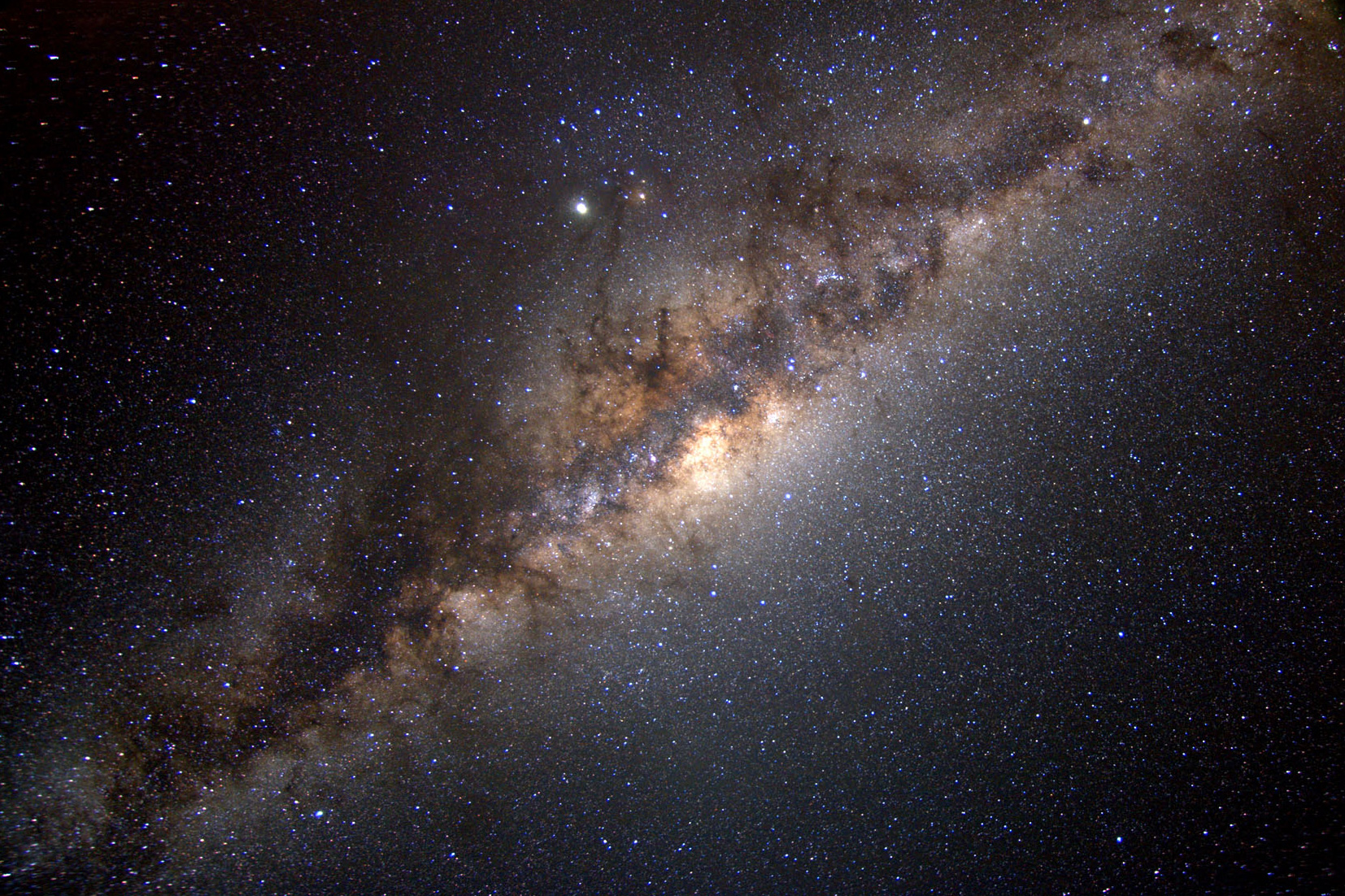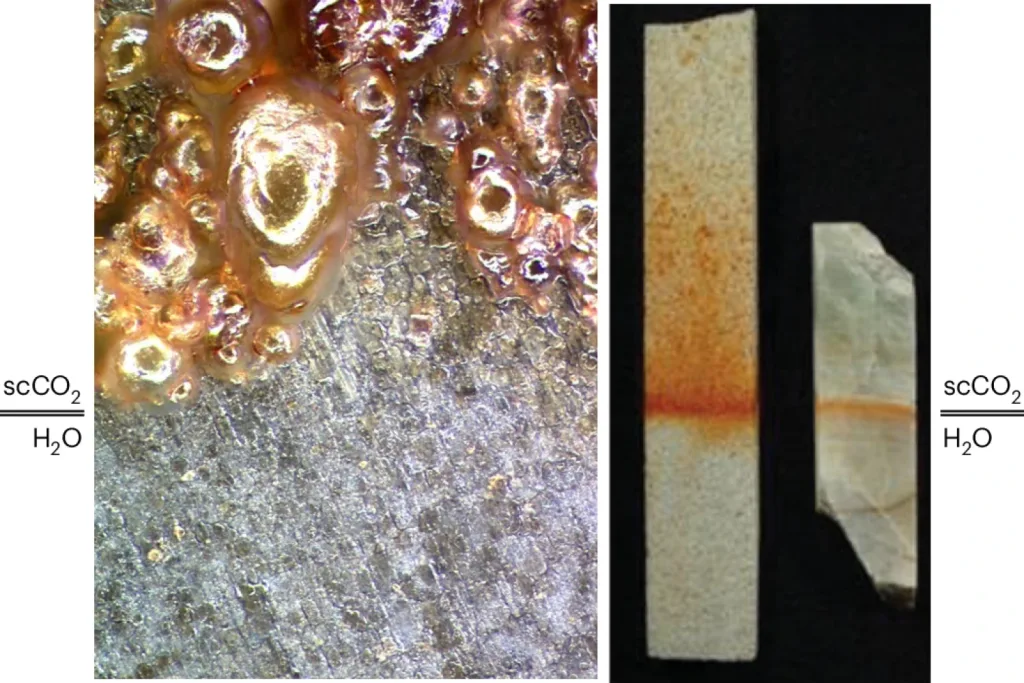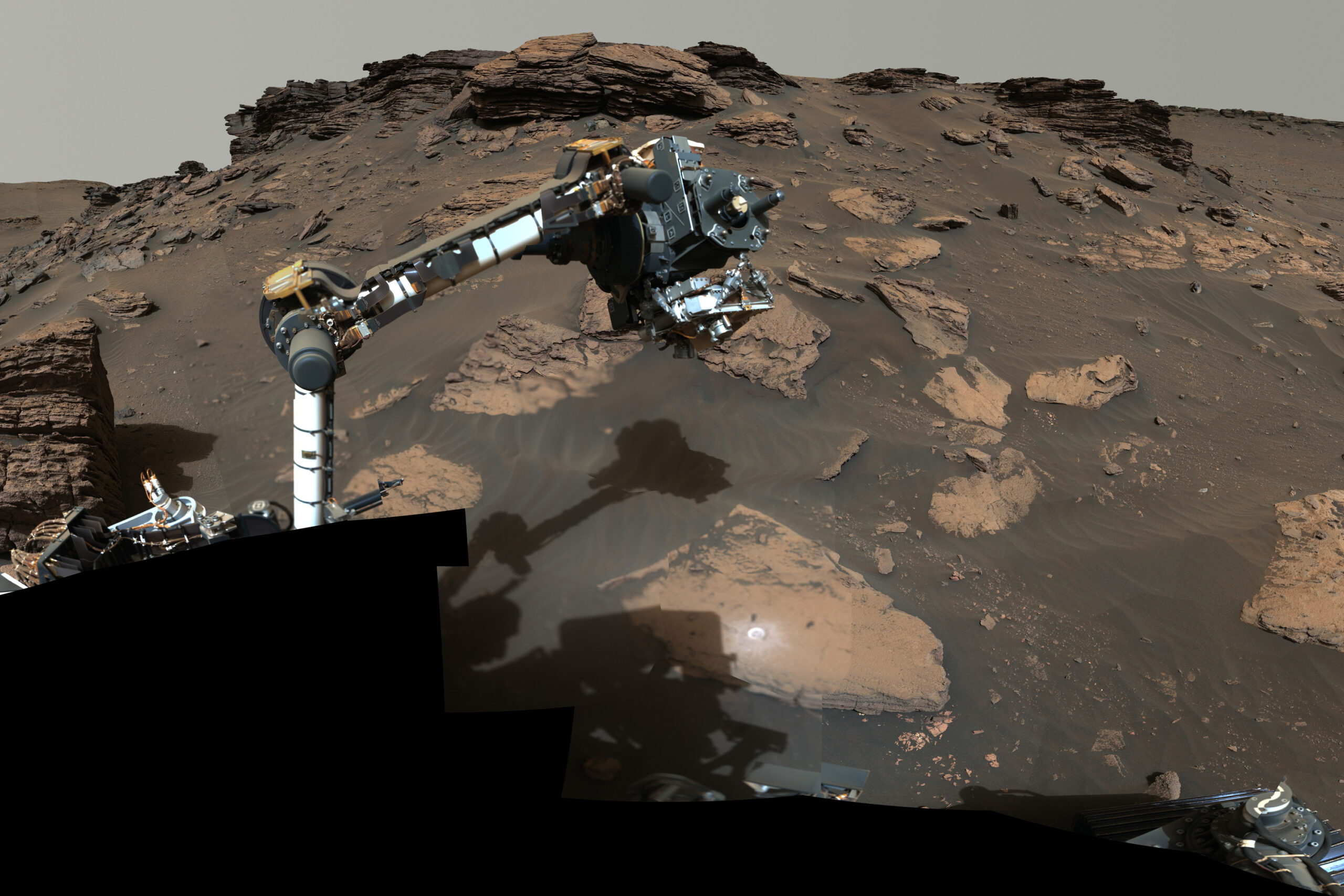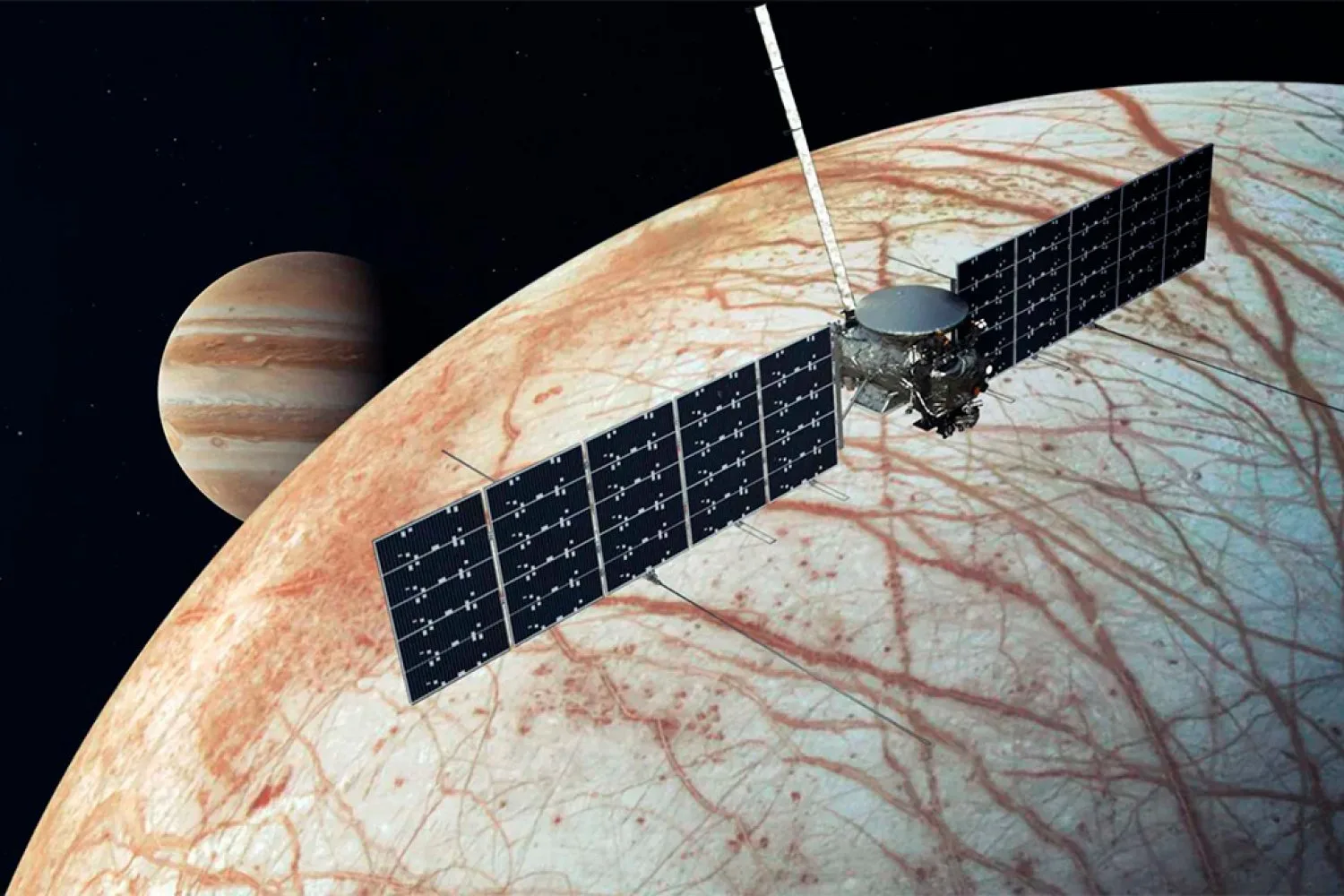Researchers from MIT, including dedicated undergraduate students, have made a groundbreaking discovery of three of the oldest stars in the universe, situated right in our own galactic backyard.
The team identified these ancient stars within the halo of the Milky Way, a vast cloud of stars surrounding the galaxy’s main disk. Their analysis reveals that these stars were formed approximately 12 to 13 billion years ago, a time frame that coincides with the birth of the first galaxies in our universe.
Affectionately dubbed “SASS” for Small Accreted Stellar System stars, these celestial bodies are believed to have originated from their own small, primordial galaxies, which were later absorbed by the ever-growing Milky Way. Today, these stars are remnants of their once separate galaxies, residing at the fringes of our galaxy, where the researchers speculate there might be more ancient stellar remnants waiting to be discovered.
“Given what we know about galaxy formation, these oldest stars should definitely be present,” says Anna Frebel, an MIT physics professor. “They are part of our cosmic lineage, and we’ve developed a new method to uncover them.”
As the researchers continue to find more SASS stars, they aim to utilize these stars as analogs for ultrafaint dwarf galaxies, which are theorized to be some of the earliest galaxies that still exist, albeit too faint and distant for detailed study with current technology. Since SASS stars are positioned within the Milky Way, they present a more accessible opportunity to deepen our understanding of ultrafaint dwarf galaxy evolution.
“Now we can seek out more observable analogs in our own galaxy and analyze their chemical evolution without the need to chase these incredibly faint extragalactic stars,” Frebel explains.
The team published their findings in the Monthly Notices of the Royal Astronomical Society (MNRAS). The research also included contributions from Mohammad Mardini of Zarqa University in Jordan, Hillary Andales ’23, as well as current MIT students Ananda Santos and Casey Fienberg.
Investigating Stellar Origins
The discovery emerged from a classroom initiative. During the fall semester of 2022, Frebel introduced a new course titled 8.S30 (Observational Stellar Archaeology), where students learned methods for analyzing ancient stars and applied these techniques to previously unstudied stars to uncover their origins.
“This course placed us right at the forefront of astrophysics research, a departure from the typical classroom experience,” remarks Andales.
The students utilized data collected by Frebel over the years from the 6.5-meter Magellan-Clay telescope at Las Campanas Observatory. The data was painstakingly cataloged in hard copies, which the students meticulously sifted through to identify stars of interest.
The goal was to locate ancient stars formed shortly after the Big Bang, which occurred 13.8 billion years ago. Initially, the universe was composed mainly of hydrogen and helium, with minimal amounts of other elements like strontium and barium. Thus, the students focused on identifying stars with spectral data indicating low levels of these elements.
Through their analysis, they narrowed their findings to three stars observed by the Magellan telescope between 2013 and 2014. These stars had not been further analyzed, making them ideal subjects for the study.
The students learned how to characterize these stars in preparation for spectral analysis. They determined the chemical composition with various stellar models, finding that one of the stars contains less than 1/10,000 the amount of iron relative to helium compared to our Sun.
“It was a huge learning process; we spent countless hours analyzing data and problem-solving,” Santos recalls. “It was a unique and rewarding experience.”
Chasing Cosmic Mysteries
The low chemical signatures suggested these stars were indeed ancient, originating around 12 to 13 billion years ago. Their chemical characteristics mirrored previously measured values for certain ancient ultrafaint dwarf galaxies, raising questions about their origins and their integration into the Milky Way.
Inspired by their findings, the researchers examined the stars’ orbital patterns. They discovered that the three stars were situated differently within the Milky Way’s halo and were approximately 30,000 light-years away from Earth. For context, the disk of the Milky Way spans about 100,000 light-years.
By tracing their motion around the galactic center with data from the Gaia astrometric satellite, they uncovered an intriguing phenomenon: compared to most stars in the main disk, which move in sync like cars on a racetrack, all three stars displayed retrograde motion—meaning they were moving against the galactic flow.
“Retrograde motion indicates these stars were likely accreted from another galaxy,” Frebel explains.
This unusual movement, combined with their low chemical abundances, strongly suggests these stars are indeed relics from older dwarf galaxies that merged with the Milky Way, continuing their unique trajectories even billions of years later.
Frebel took her investigation further, reviewing existing literature and identified an additional 65 ancient stars with similar low abundances displaying retrograde motion.
“Curiously, they are all moving at high speeds—hundreds of kilometers per second—in the opposite direction,” Frebel notes. “They’re on the run! While we are uncertain about the reasons behind this, it offers a crucial puzzle piece we hadn’t anticipated.”
The research team is eager to discover more ancient SASS stars by following a straightforward protocol: identify stars with low chemical abundances and track for signs of retrograde motion. Among the vast population of over 400 billion stars in the Milky Way, they expect this method to yield a modest yet significant number of these ancient celestial bodies.
Frebel plans to relaunch the related course this fall, reflecting on the success of the original class and the dedication of the three students who took their findings to publication with great pride.
“It’s been fantastic working alongside these three undergraduate women—a first for me,” she shares. “This exemplifies the MIT spirit. If you seek to contribute, there’s a place for you, and remarkable things happen.”
This research received partial support from the National Science Foundation.
Photo credit & article inspired by: Massachusetts Institute of Technology



